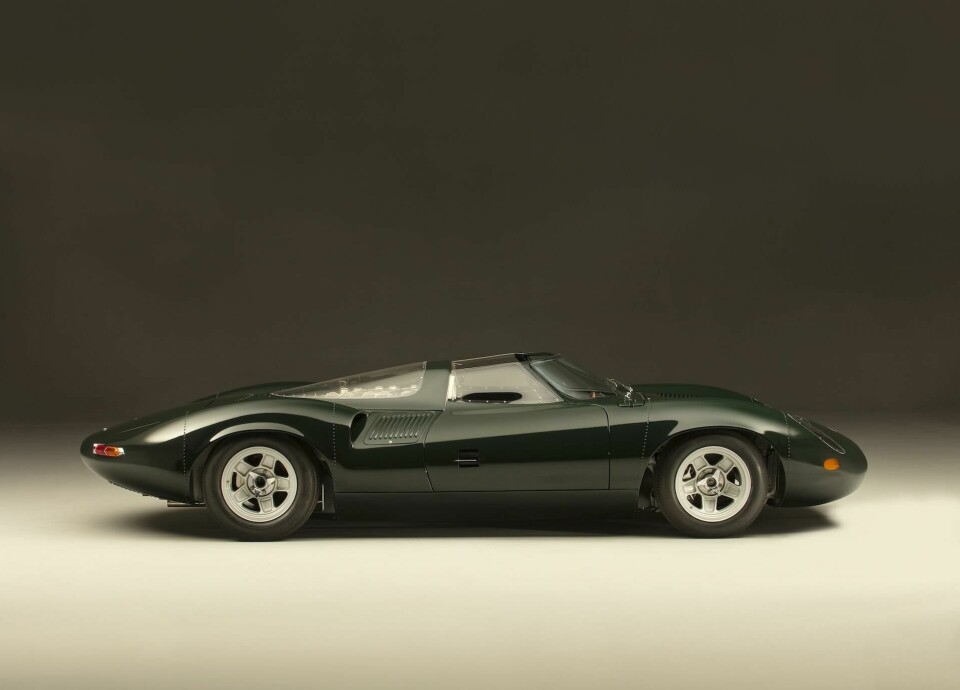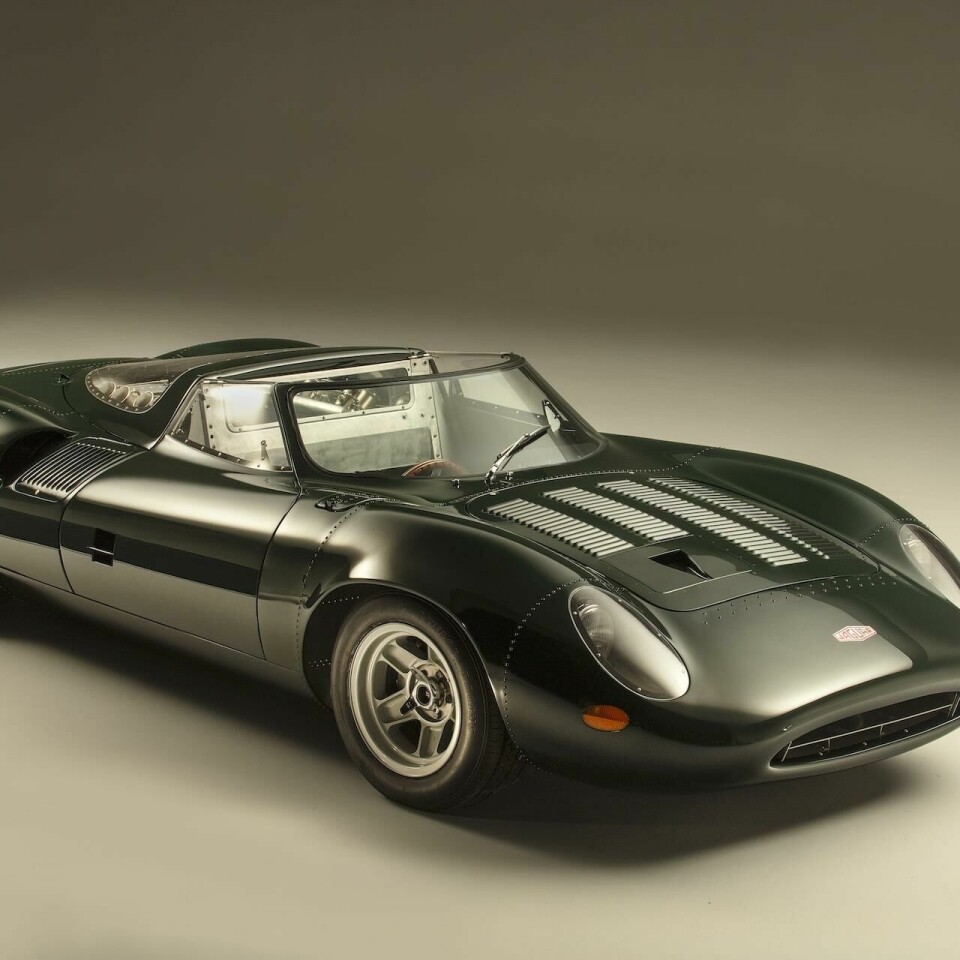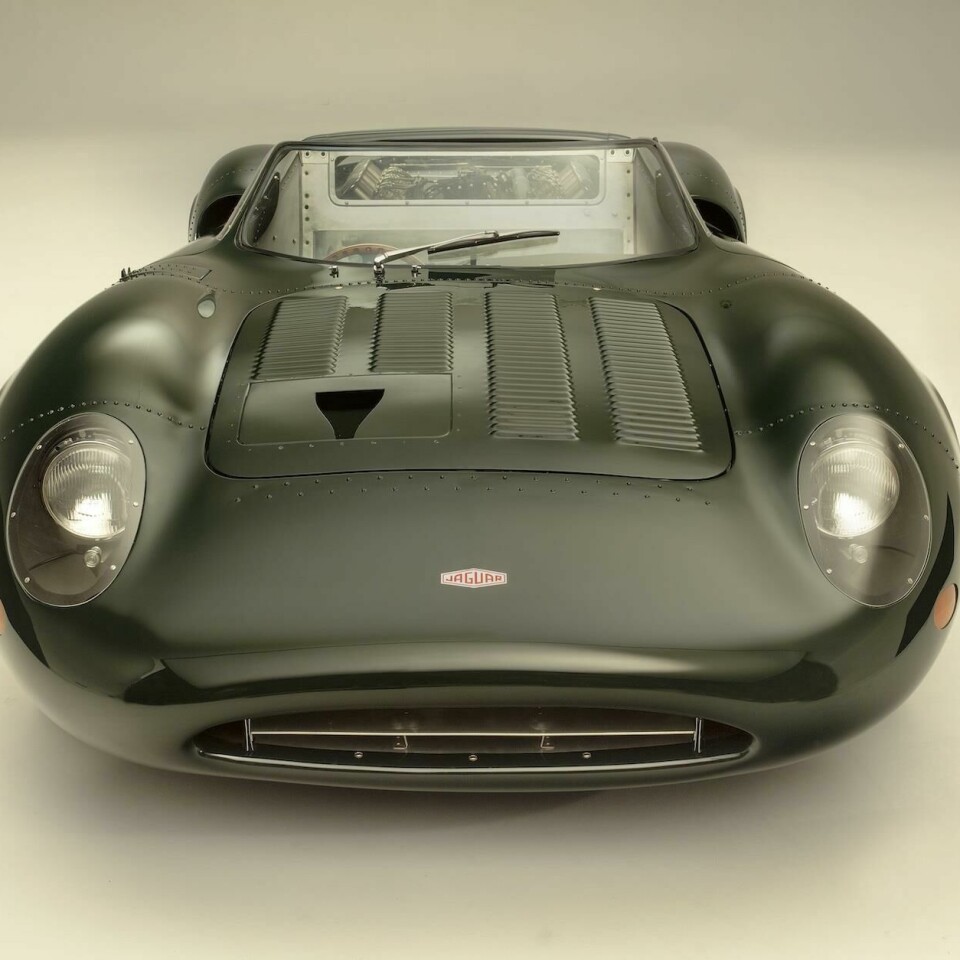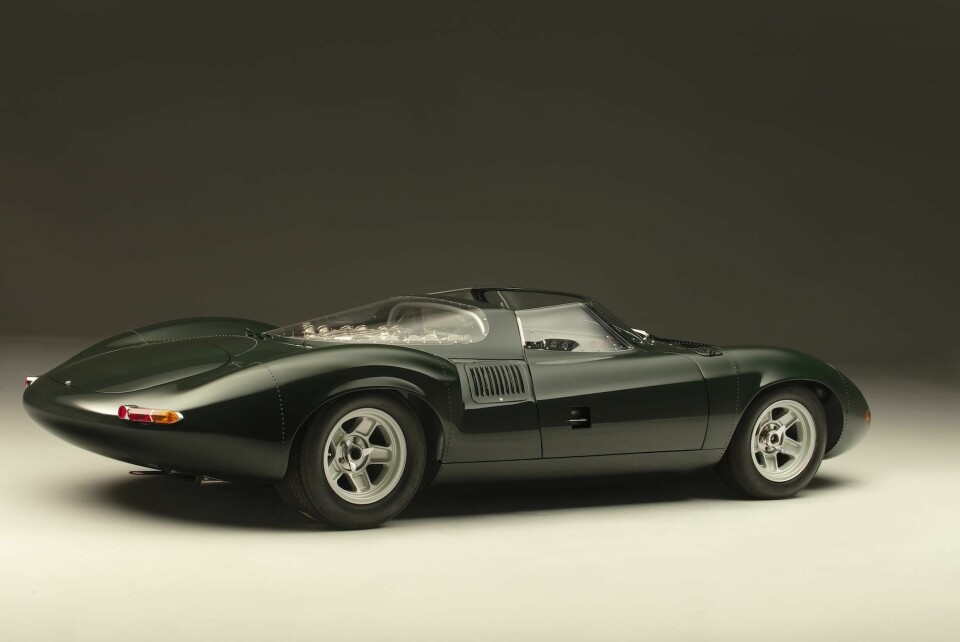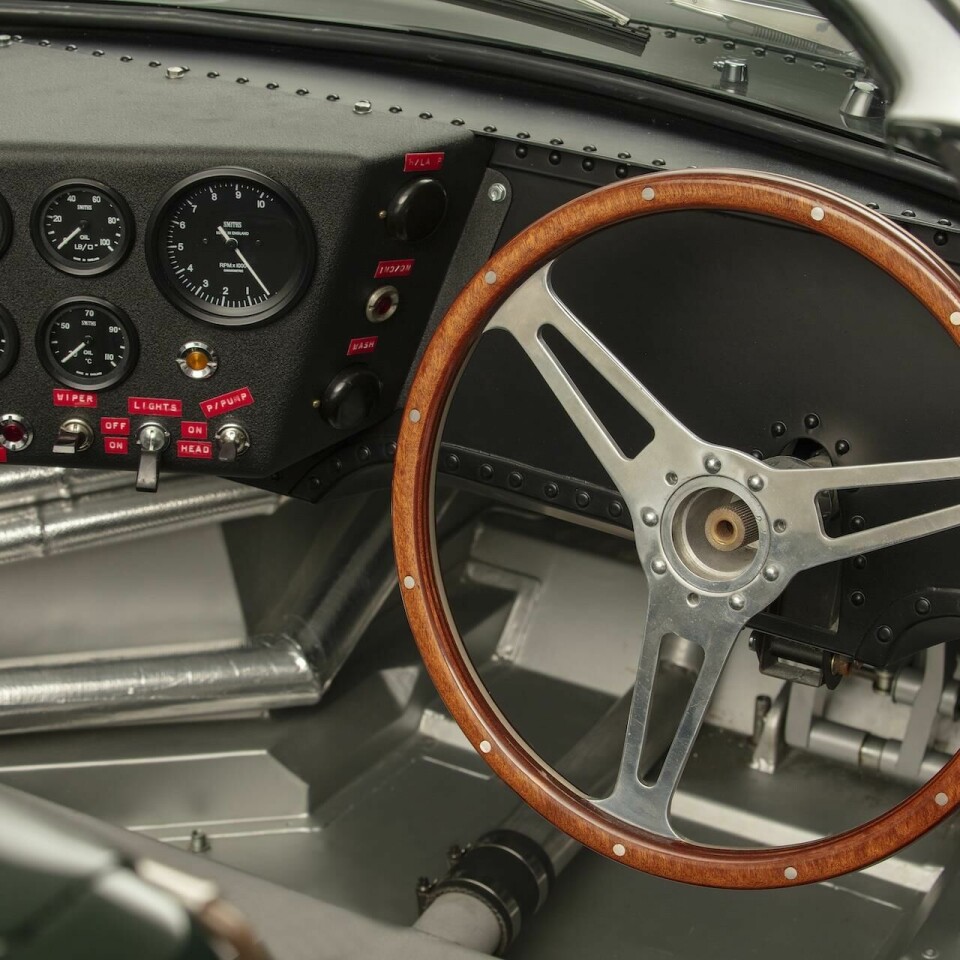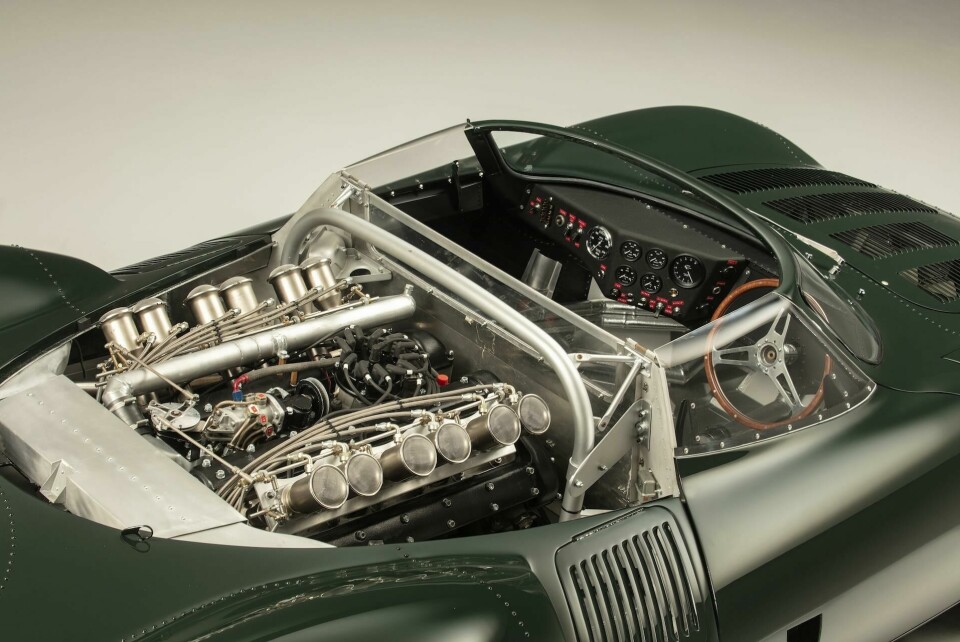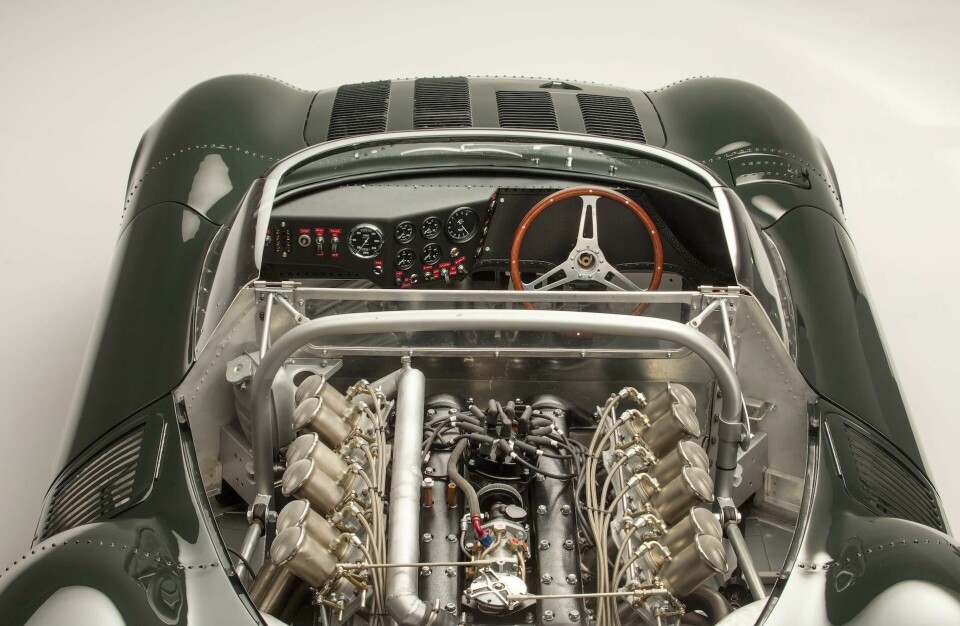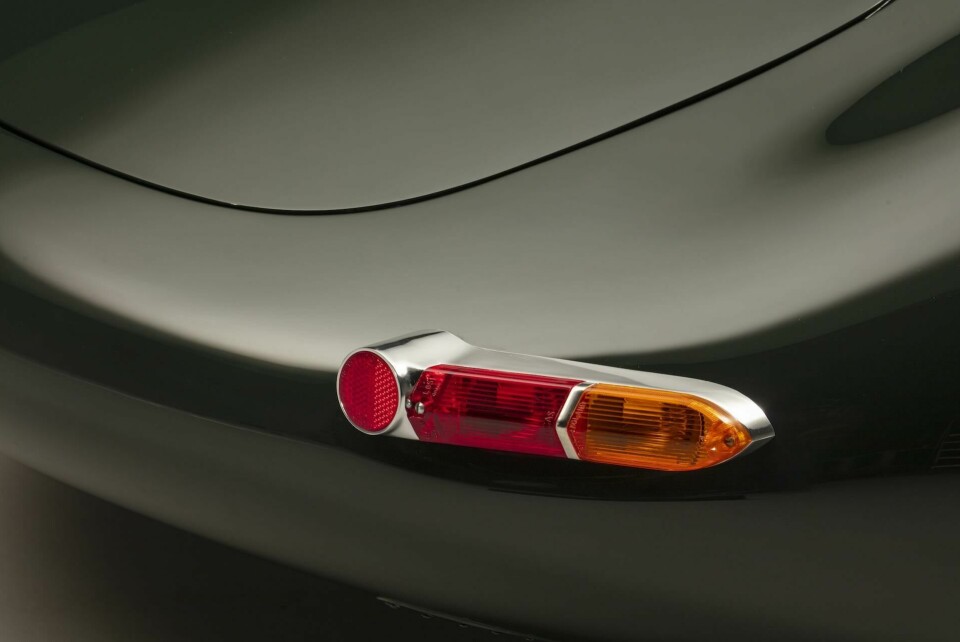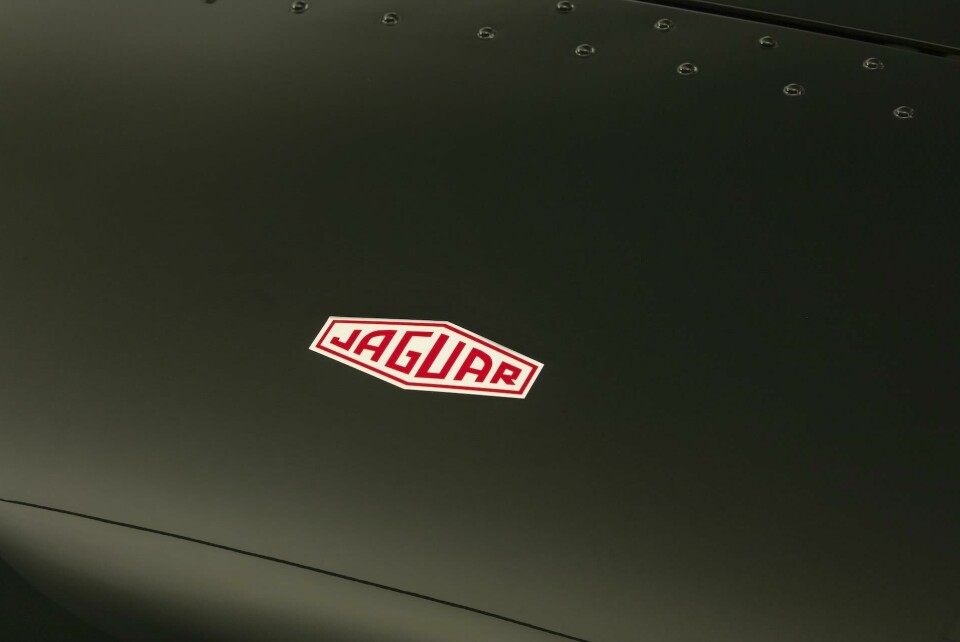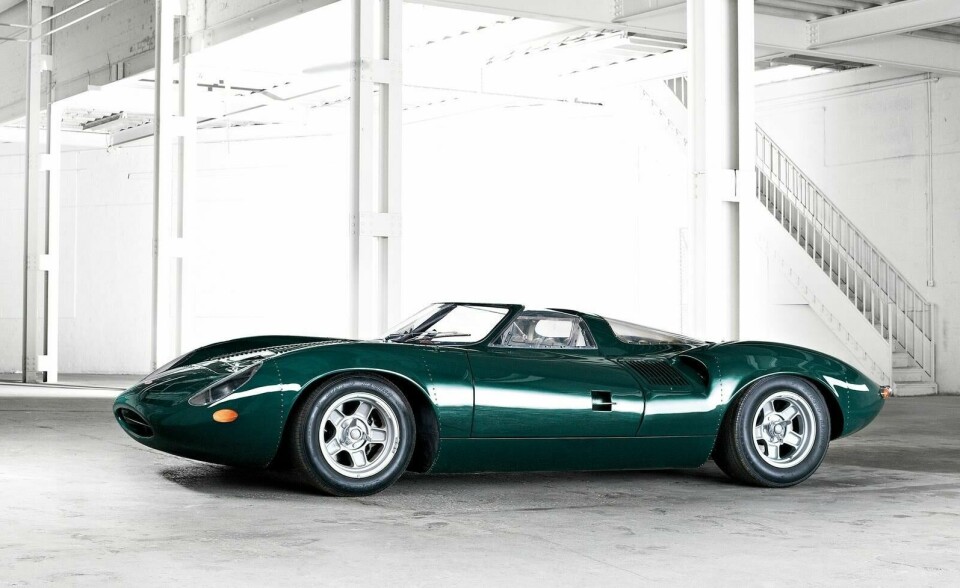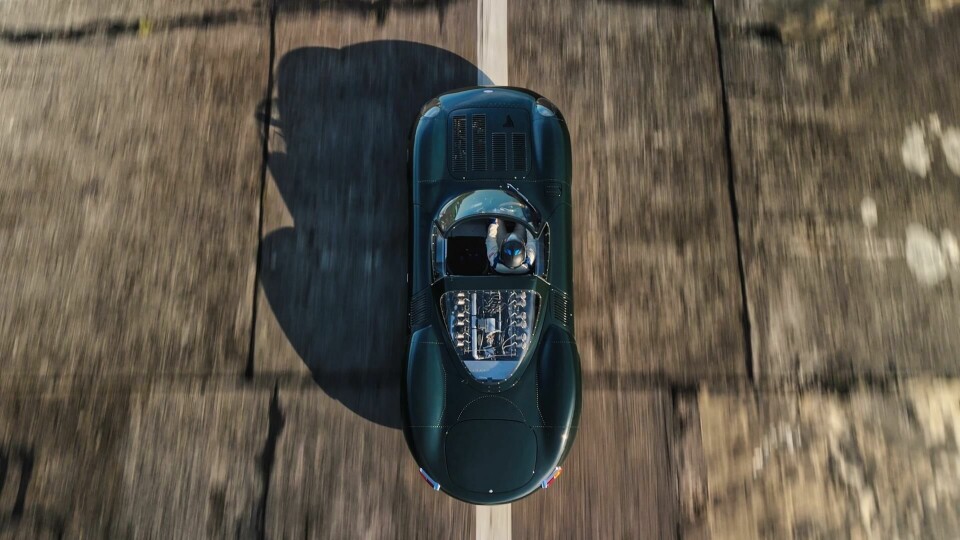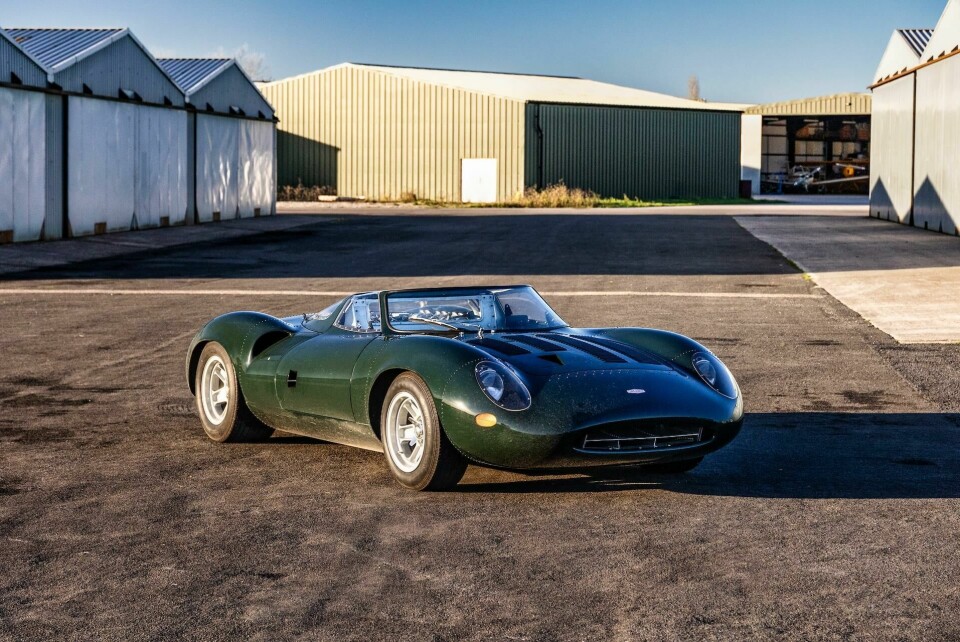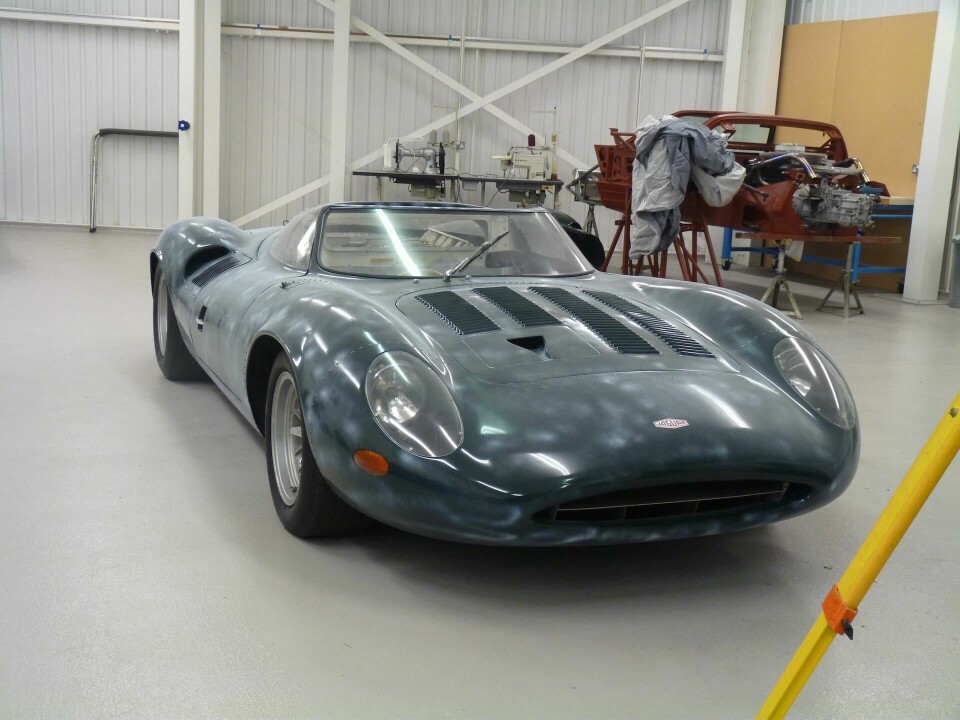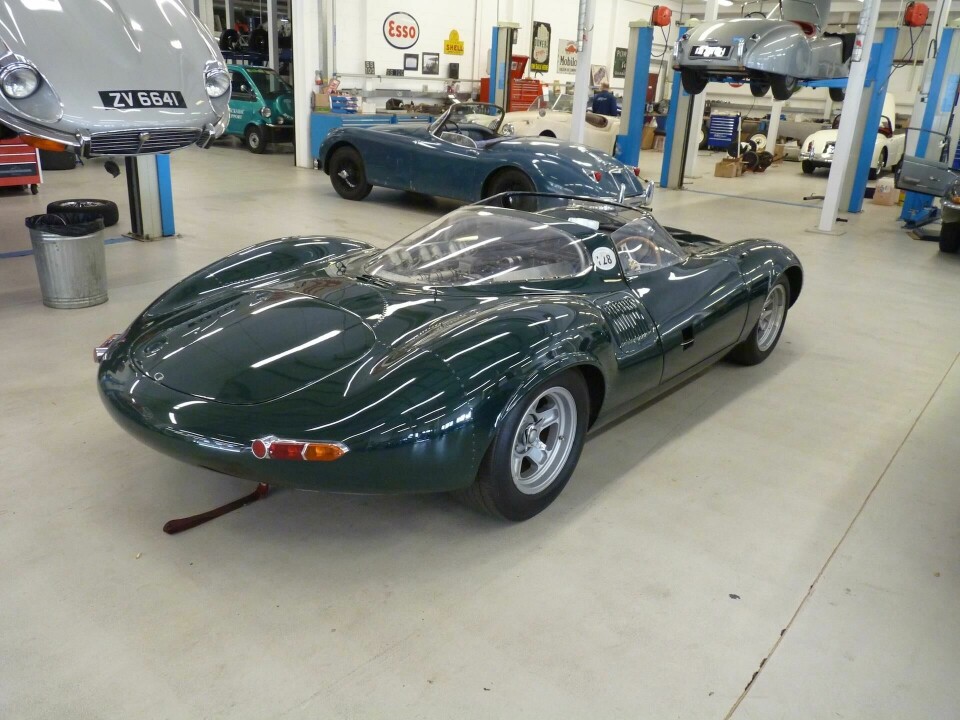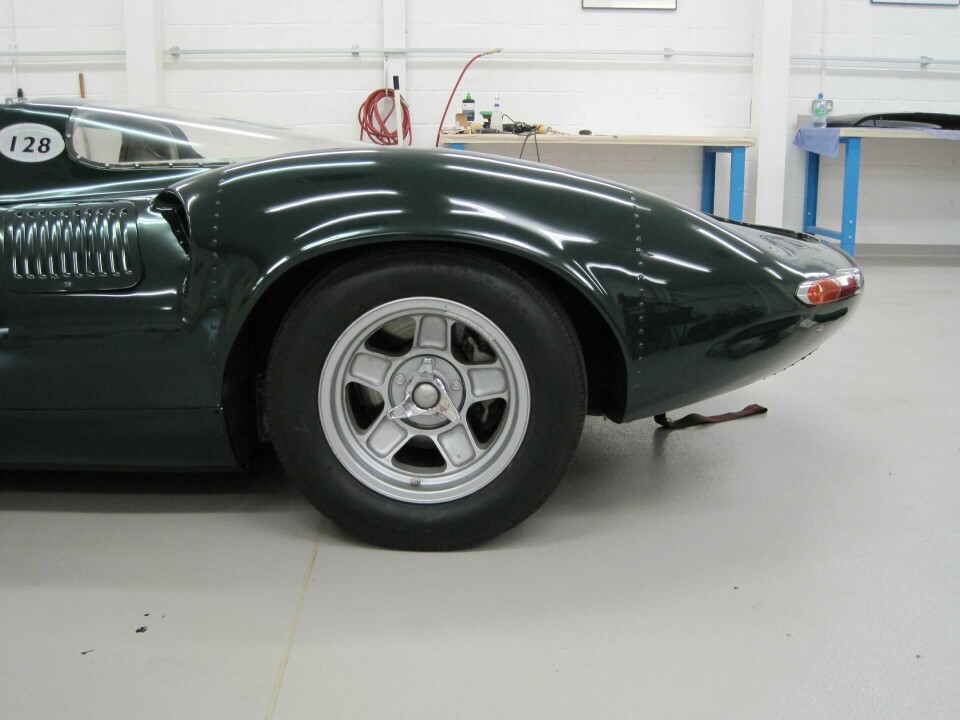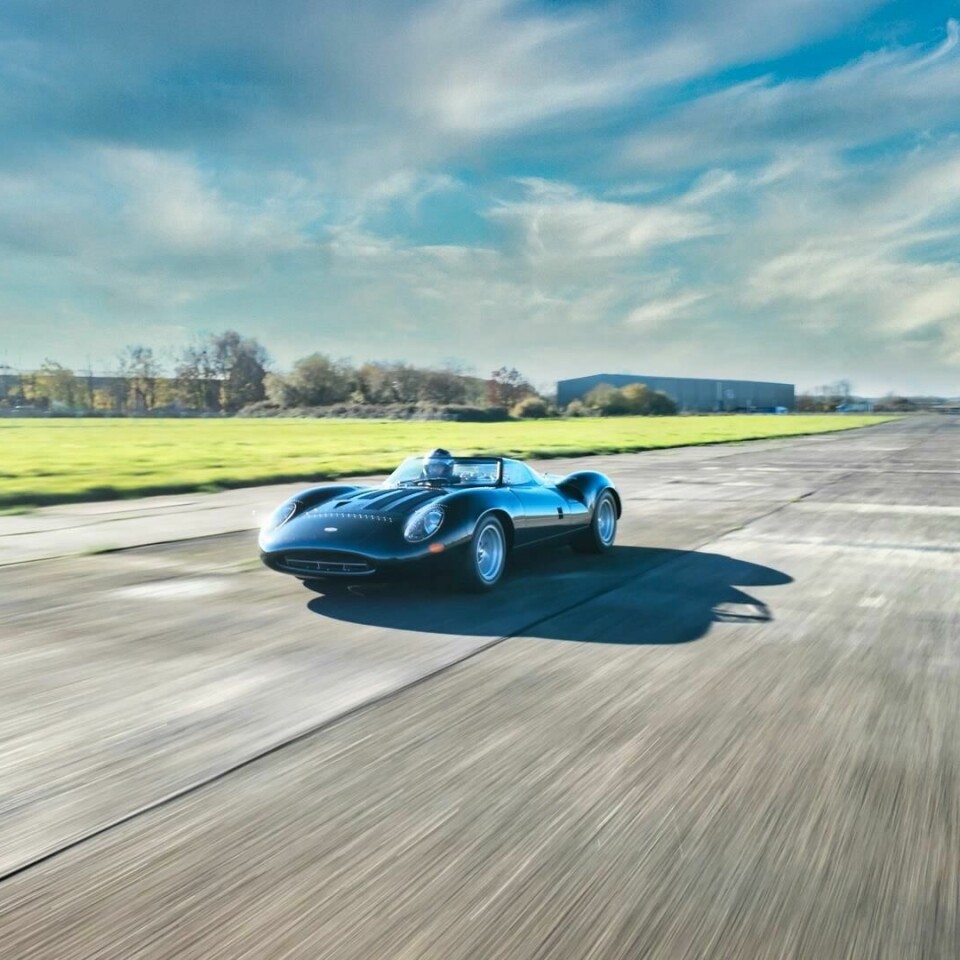
Book Review: True Spirit of XJ13
“In July 1973, the XJ13 was displayed for the first time. From this point on, it would be an ambassador for Jaguar marketing worldwide, its elegant lines assuring success and creating a legend”
It had already been a hectic morning by the time a carefully packed book arrived on my desk. The car world at large was reacting to the unexpected nature of the Jaguar rebrand, and it is funny to look back on the hooplah that story had generated. The concept has since garnered more favour, but at the time it certainly struck a dischord with those calling for the heads of Jaguar execs who, in their eyes, had seemingly shunned the brand’s illustrious history. The E-Type. The D-Type. The XJ220. The XJS.
Add to that list the XJ13, a shapely mid-engined V12 race car from the 1960s, which has been chronicled in a unique way by “True Spirit of XJ13: A masterpiece of automotive craftsmanship.” The timing of the delivery of this new book felt like more than a coincidence, arriving just as the brand had made a seismic shift in strategy to get the company back on track. The book’s opening line is deliciously ironic in this context: “The XJ13 was designed for one reason and one reason only: to sell more production cars.”
“The world’s most beautiful racing car”
The book follows a remarkable story of the racing car’s genesis, crash and revival. As noted above, the car itself was originally conceived as a Le Mans race competitor, the idea being that a podium spot would boost the brand’s credentials and accelerate sales of its road cars. A common strategy employed by many other manufacturers over the years, and something that underpinned Jaguar’s mentality under Sir William Lyons. The problem was that the XJ13 never made it to the race track, at least in the way it was intended. And when it did, a crash led to an enduring and painful restoration process. Still, it made for a hell of a story with some terrific anecdotes.
Despite an admission in the opening paragraph that “I knew little of the car or its history,” author Robert Perry does bring some authority to the pages. This is a writer with a passion for history, storytelling and getting the intricate details right (he has previously authored a 600-page tome on the Battle of Passchendaele in WW1.) Perry instead approached the project as an investigative journalist, speaking with as many people involved in the XJ13 as possible, including the family of pivotal figure Bryan Wingfield, who has since passed away from illness (and is credited nicely in the opening pages.)
The book is split into three sections, the first setting the scene for Jaguar’s racing history, the second detailing the work of Bryan Wingfield, who led the creation of the XJ13 itself, and finally the extensive restoration work carried out by JD Classics. Beautiful original photography accompanies blocks of text and rare black and white photos of the XJ13 in its pomp. The story begins with a timeline running from 1920 through to 2024, outlining various brand, manufacturing and racing milestones along the way. Hidden in the list of 98 entries is the 1963 “talk of a mid-engined prototype GT” which would turn out to be the XJ13.
It is, admittedly, less a story of design in a contemporary sense and more a tale of engineering, innovation and business. It is also worth noting that even in the 50s, the term “stylist” was still seen with the same disdain as it is by designers today. In the book, body design engineer and aerodynamicist Malcom Sayer is said to have noted: “I am an aerodynamicist, not a hairdresser.” For exterior designers interested in early developments around drag reduction and body design, there are many pages of this book that will grab their attention.
“We’ve got to do it – and get it right”
Skipping ahead a little, and the XJ13 (having sat unused for several years) had been rolled out to film some promotional material for the V12 E-Type. All had gone well, but the request for a few extra laps proved disastrous. ”It culminated in the car, having rolled over several times, in the muddy infield looking […] smashed to a wreck.” And so from there began the restoration process that accounts for the bulk of the remaining 140 or so pages. This would not be the only crash-restore-drive-repeat process for the XJ13, with a similar accident in Copenhagen later in 2005.
Again, this is not a design story but one that involves an objectively beautiful culmination of the work from talented engineers and body specialists. So successful was it that the XJ13 essentially became a flag bearer for the brand, rolled out at events to promote the Jaguar name and remind onlookers (and potential buyers) of the brand’s credentials for building fast, pretty road cars. A testament to the notion that good design is simple, captivating and timeless.
The book itself is well structured, nicely illustrated and with an attention to detail paid to captions that should be applauded. We especially enjoyed seeing written correspondence from key figures involved in the creation of the XJ13. As for competitor publications, Perry himself highlights the work of Peter Wilson, former Jaguar engineer and author of multiple books, no less one titled “XJ13: the definitive story of the Jaguar Le Mans car.” Further reading may include Jaguar by Colin Salter, which gives a complete history of the brand from the 1930s through to the noughties. Elsewhere, Jaguar V12 Race Cars: Bred to Win, published in 1986 and written by Ian Bamsey & Joe Saward, adds further context to Jaguar’s broader racing heritage.
Is True Spirit of XJ13 worth the money? At £100 it is arguably one for the purists, but that is true of any book of this specificity. And like so many of these specialist hardback reads, it is difficult to quantify value. Part of it is the access afforded to Perry during the research phase, which clearly left no stone unturned. On the other hand, part of the value of a book like this is what it brings to a room while it awaits its next reader. It is well constructed, the spine has not disintegrated yet after a few weeks of being moved about the office, and is wrapped in an attractive British Racing Green underneath the shiny protective cover. It certainly looks the part in the CDN library.
